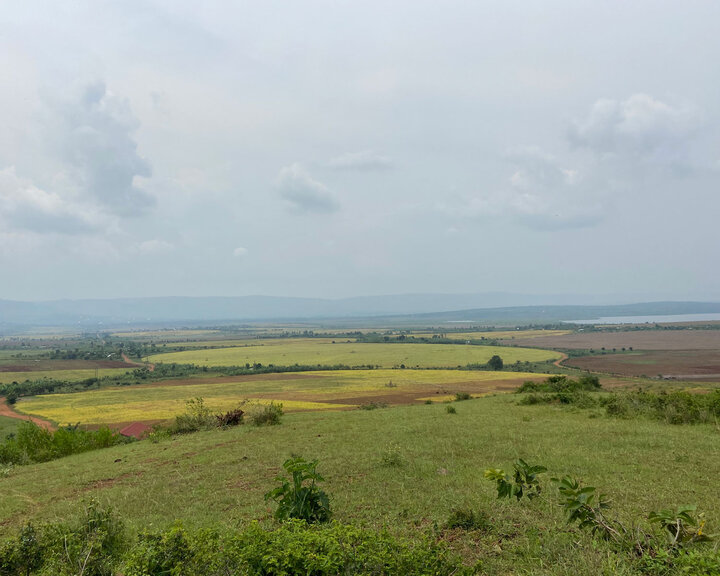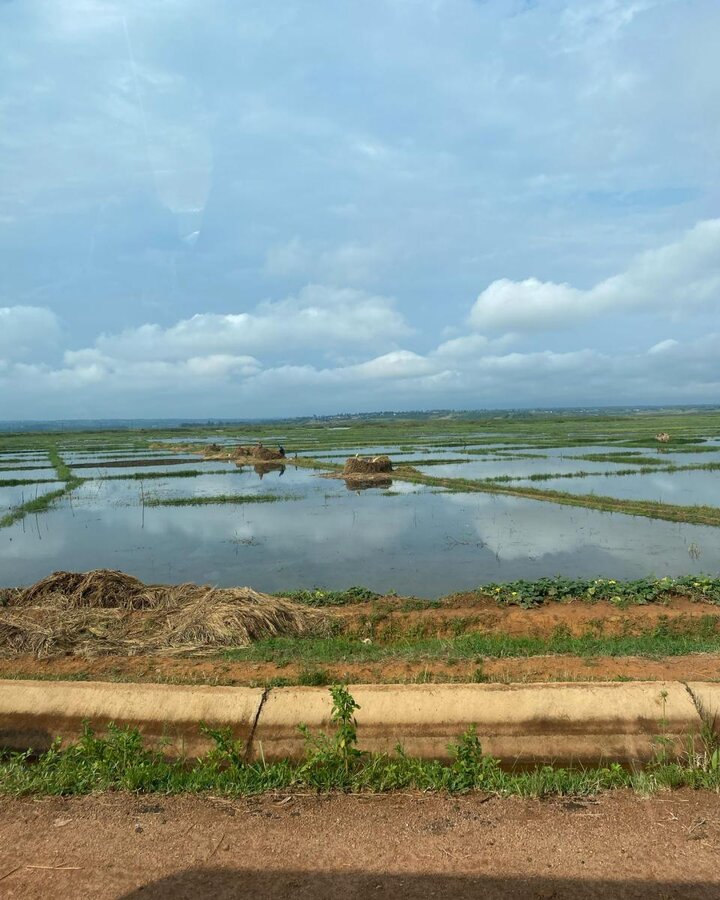Written By: Charlotte Brockman and Zane Mrozla-Mindrup
This week we examined the financial side of agriculture in Rwanda by taking a look at the increasingly popular, though not necessarily new, concept of the cooperative. The tool has been a significant leveling force for the smallholder farms that comprise most of the Rwandan agriculture industry.
In the most basic of terms, a co-op is a tool that allows individuals, in this case agricultural producers, to take advantage of an important economic concept, economies of scale. For example, farmers might band together into a cooperative to purchase fertilizer, alone they would pay a certain market price, but together buying bulk quantities they may unlock certain discounts from the manufacturer or save on transportation.
While on the ground in Rwanda, we were able to visit multiple types of cooperatives, two agricultural ones, the Nasho Irrigation Project and the Gashora Rice Cooperative, as well as a commercial one, the Mbyo Women’s Arts Cooperative. Each cooperative had its own costs and benefits for its dedicated members.
Starting with Nasho, this massive irrigation project involving thousands of acres and more than 60 Lindsay Zimmatic center pivots, was made possible through the generous philanthropy of the Howard G. Buffett Foundation, and significant assistance from the Government of Rwanda. By far, the largest cooperative we visited, the Nasho-associated cooperative was founded to give the project long-term sustainability. It also helps to provide technical training, logistical assistance, and management structure to the 2000 landowners with a stake in the project. A multi-faceted governance system oversees the cooperative and it does charge 100,000 RWF (roughly $80 USD) fee each growing season (In Rwanda, there are generally two growing seasons in one calendar year).
Sprawling across hundreds of acres of rice paddies in the Bugesera District, Gashora Rice Cooperative was started with significant help from the Rwandan Ministry of Agriculture. The government leases land and provides agronomic assistance to dozens of smallholder farmers who have worked hard to cultivate this oft-flooded area near the Akagera River. By participating in the cooperative the farmers receive training, input cost reductions, and have greater access to local industry as a market for their crop.
The only commercial cooperative we visited on our trip, Mbyo Women’s Arts Cooperative, is a collective of women in the Mbyo village of the Bugesera District in Rwanda, who engage in traditional craftsmanship such as water hyacinth weaving and beadwork. With more than 50 members, this cooperative is similar to Nasho in that it allows them access to better overall management structure. Specifically, Mbyo also provides a workshop for cooperative members to create and sell from, and in the past has even provided technical craft training to its artisans.
Community is everything here in Rwanda, and as we have encountered many people and businesses, we have truly seen the fruits of communities working together. Like many farmers in the US, smallholder farmers have co-oped to create opportunities for their products in the market. We were able to see a couple of great examples, which have helped Rwandan farmers and artisans move forward to a more profitable future.

The crop circles, visible here from a hillside overlook, show a wider picture of center pivot activity at Nasho’s Irrigation Cooperative. One pivot may have dozens of landowners growing several different crops on different planting schedules. Photo Credit: Zane Mrozla-Mindrup

Baskets and other small goods hand-made by women of the Mybo Women’s Art Co-op. Photo Credit: Brockman

Rice Paddies associated with the Gashora Rice Farmer Co-op. Photo Credit: Brockman